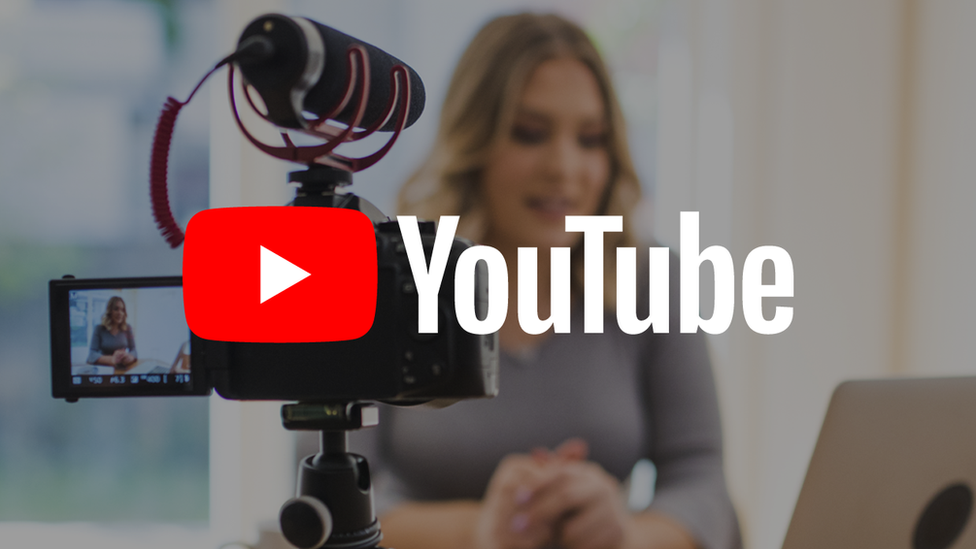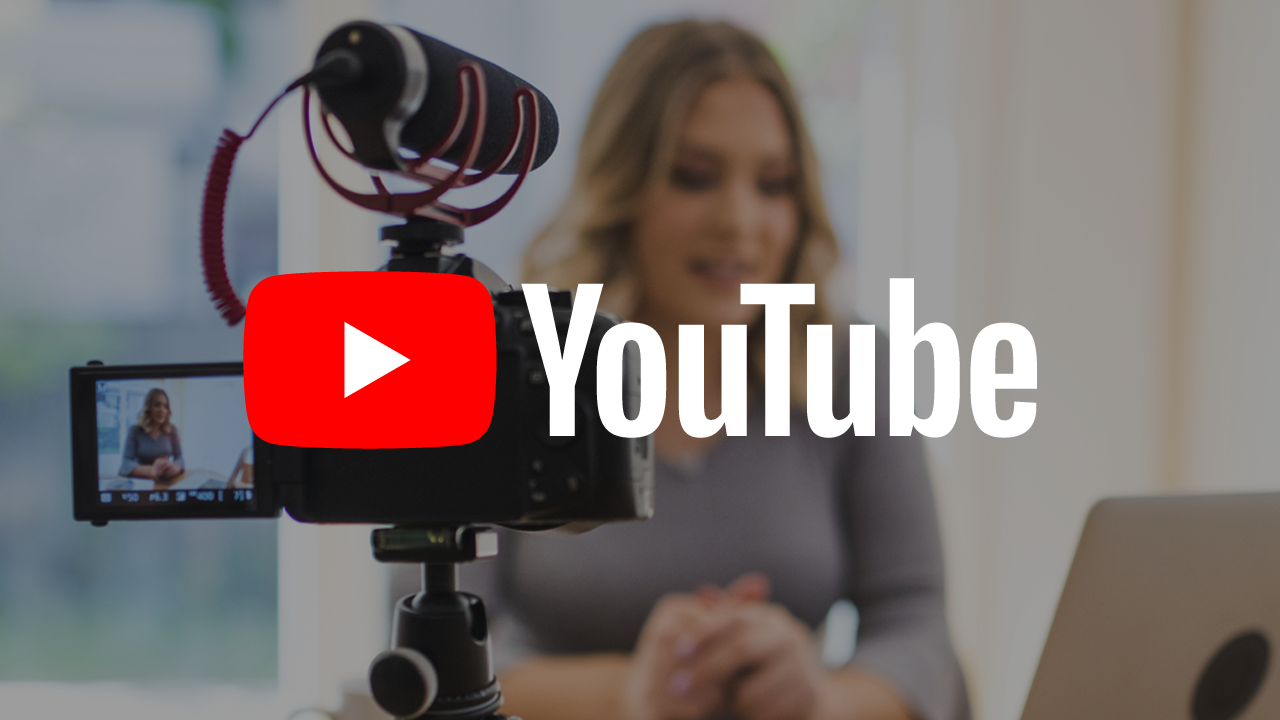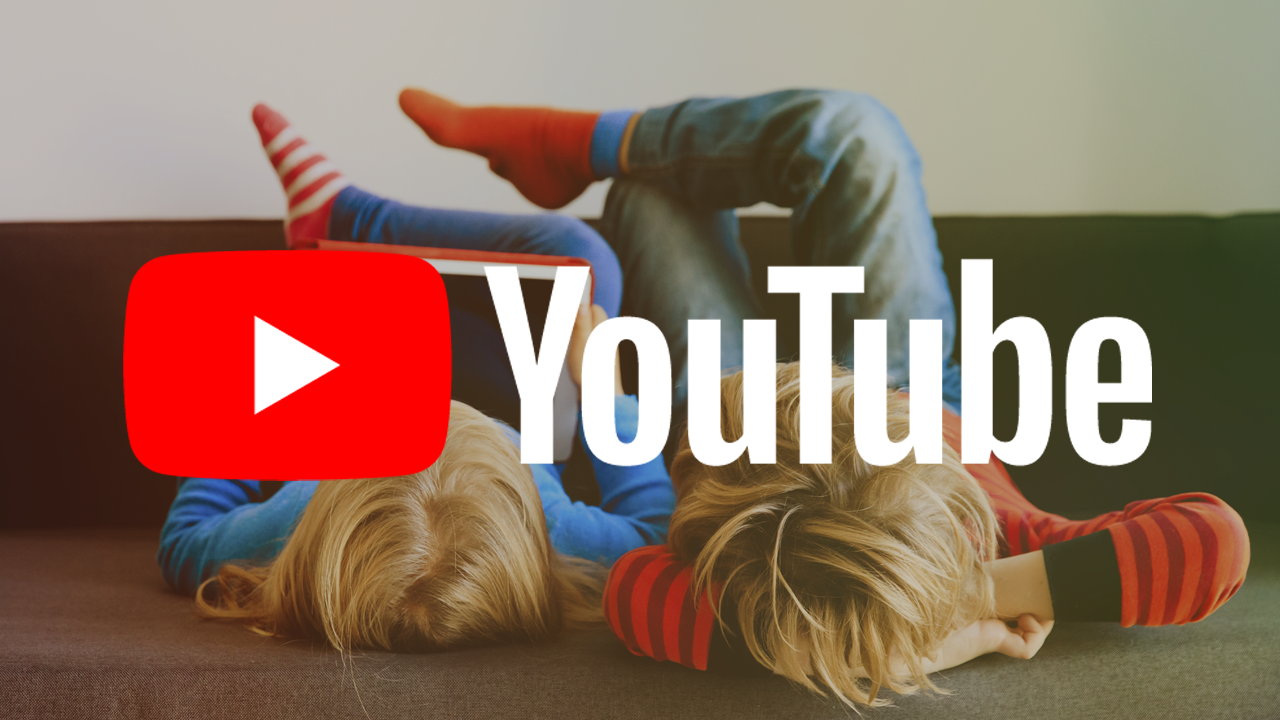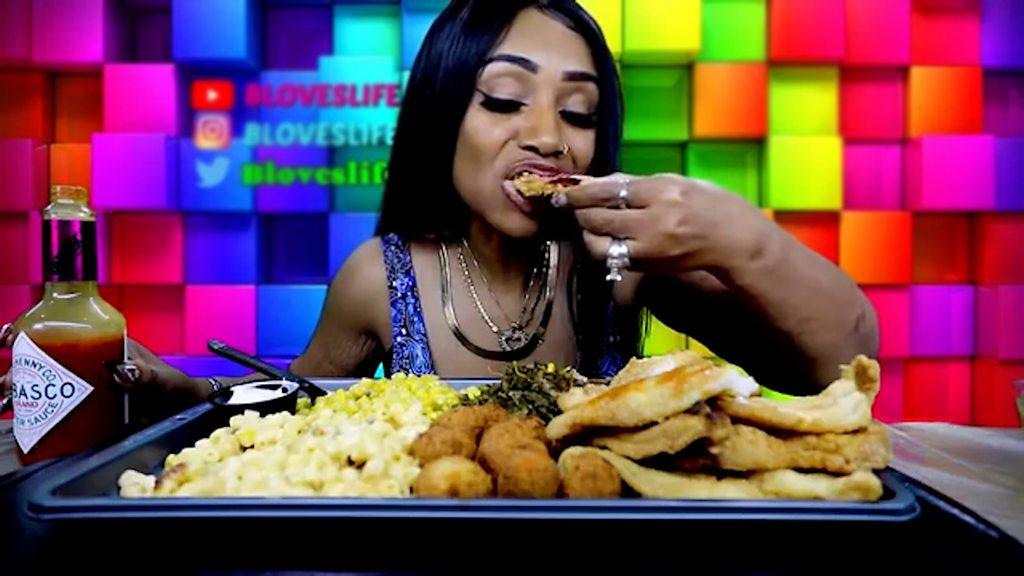YouTube U-turn after protests over verified status
- Published

YouTubers said removing the verification mark would harm their standing on the video site
YouTube has reversed a decision that would have stripped many popular video-streamers of a "verified" status badge.
The proposed change was supposed to make the ID check more rigorous and help weed out impersonators.
Instead, the change was seen as stripping established YouTubers of their standing and hobbling their chances to prosper on the video site.
YouTube boss Susan Wojcicki apologised, external and said the policy change had "missed the mark".
When it was first introduced the "verified" badge was designed to be a guarantee of identity to help people searching for a specific person, organisation or channel. The badge was given to YouTube channels with more than 100,000 subscribers.
But the company said it had become an endorsement of content rather than just an ID check and was in need of reform.
Authority and longevity
Under the change, only "prominent channels that have a clear need for proof of authenticity" would be verified, while many others would lose the mark.
The threatened removal prompted widespread protests by established YouTubers, many of whom said the verification mark helped them establish their authority and longevity on the site.
But on 20 September, YouTube announced it was largely reversing, external the changes it had proposed.
"We heard loud and clear how much the badge means to you," it said in a blog.
All those channels that currently have the verification badge will keep them, but in future badges will not automatically be bestowed on channels that cross the 100,000-subscriber mark.
Only those that need a guarantee of their identity, because they represent a brand or entity that is in danger of widespread impersonation, will be eligible.
- Published20 September 2019

- Published28 February 2019

- Published1 August 2019
